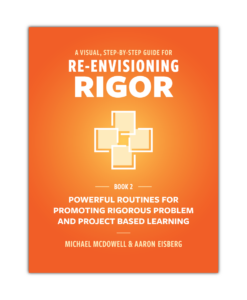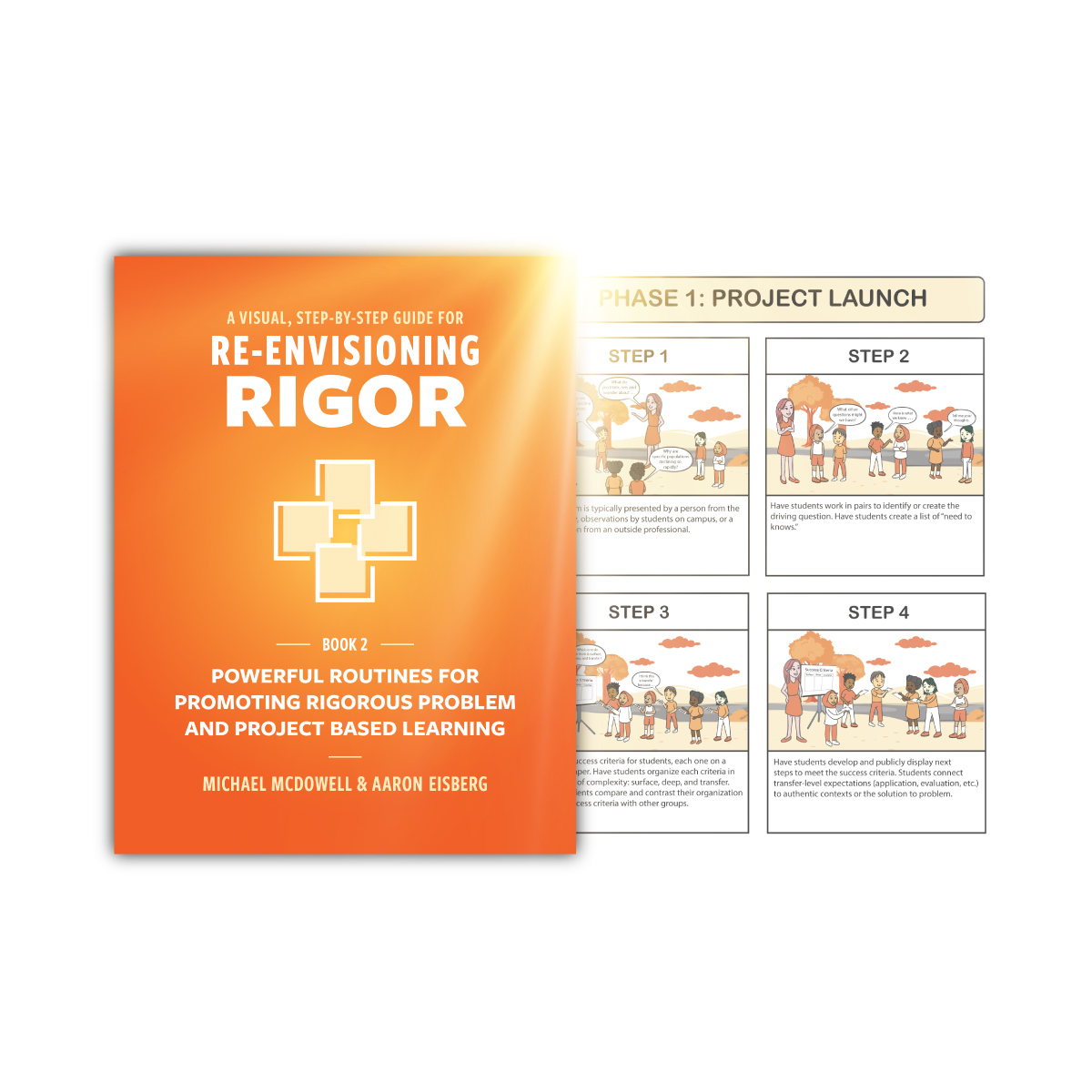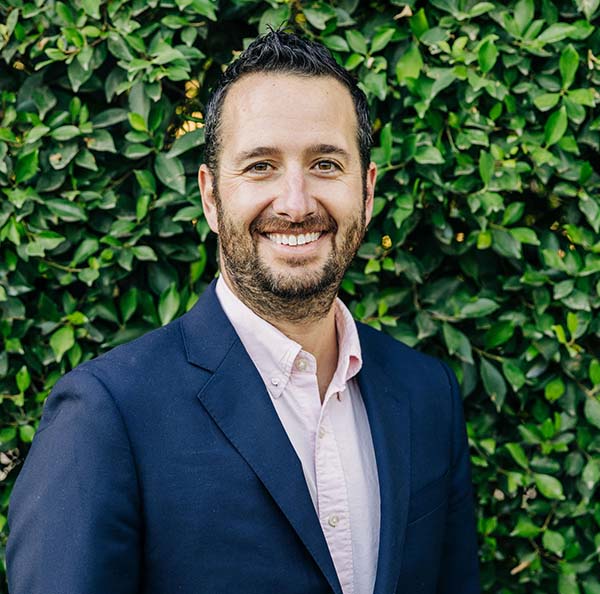Because even if we aren’t designing drones or discovering medical breakthroughs, we’re preparing the people who will.
The world isn’t waiting for our students to be ready. It’s already being built by engineers in China leading the charge in electric vehicles, technologists in Ukraine redefining drone warfare, and AI developers in Phoenix and San Francisco deploying driverless taxis in live traffic. All around us, real-world problems are being met with bold, multidisciplinary solutions.
Every breakthrough starts the same way: with a problem worth solving. These problems are complex, messy, and deeply connected to the world we live in. And they require something far more enduring than memorization or task completion. They demand learners who can reason, critique, collaborate, and create. Students who don’t just learn about a topic—they learn to think, adapt, and grow through it.
That kind of learning doesn’t happen by accident. It’s not the product of good intentions or wishful thinking. It’s the result of strategic, intentional instruction. The kind that mirrors the deliberate practice of a musician refining a phrase, a hurdler breaking down tape, or a chess player adjusting their strategy mid-game. In every case, progress stems from purposeful routines, timely feedback, and constant reflection.
Real learning is not staged. It is caused.
And causing learning requires us to teach differently.
Too often, classrooms mistake compliance for understanding. Busyness becomes a proxy for depth. But just because students are working doesn’t mean they’re thinking. Designing a slide deck is not the same as grappling with conflicting ideas. Copying notes doesn’t mean students have built mental models. We don’t build cognitive endurance by handing students a big project and hoping for the best.
When we expect students to do the hard work of learning alone—without scaffolds, models, or meaningful feedback, we create confusion, not capacity. We’d never expect a beginner to run hurdles without coaching. We’d never toss a flute to a novice and ask them to play in tune. Why do we assume students can navigate complex problems without guidance?
This is where project and problem-based learning can either shine or fall short.
When done well, project-based learning (PBL) helps students take ownership of ideas, work collaboratively, and transfer learning across contexts. But when done poorly, it can become chaotic and directionless. Inquiry doesn’t mean letting go of structure. Real innovation requires constraints. Real growth requires feedback. And real learning requires teacher presence.
Great teachers don’t sit back. They step in. They activate student thinking, calibrate progress, and coach performance. They make learning visible by asking the right questions, modeling the right moves, and listening for the gaps in understanding.
These teachers don’t cling to one method. They blend. They don’t worship inquiry or direct instruction—they combine them, strategically and with purpose. They don’t ask students to find answers in the dark. They shine a light on the path ahead. They believe in student autonomy, but they don’t confuse it with teacher absence.
At its core, Rigorous PBL by Design is about this exact balance:
- Providing structure without stifling curiosity.
- Using projects to build knowledge—not just showcase it.
- Creating classrooms where thinking is visible, progress is expected, and feedback is constant.
In these classrooms, students receive just-in-time prompts:
“Does that violate Newton’s laws?”
“Try reworking your model to account for variable X.”
“What’s the most important evidence you have to support your claim?”
These aren’t side comments. They’re core instructional moves that help students revisit, revise, and refine. Because inquiry isn’t a launchpad, it’s a process. It’s a loop of reflection, reasoning, and revision. And it only works when we’re in the mix with our students.
But let’s be clear: this isn’t about micromanaging. Over-instructing—especially through nonstop lecturing—can be just as damaging. When students watch their teachers do all the cognitive work, they learn to follow instead of think. When we deliver content without checking for understanding, we rob students of their chance to struggle productively.
Great instruction isn’t about delivering content or assigning tasks. It’s about learning. That means building a classroom culture where students don’t just show up, they show growth.
 And that’s exactly what Re-Envisioning Rigor: Powerful Routines for Problem- and Project-Based Learning is designed to support.
And that’s exactly what Re-Envisioning Rigor: Powerful Routines for Problem- and Project-Based Learning is designed to support.
This visual guide is a field-tested, research-backed blueprint for helping teachers cause learning through daily, doable routines. It includes ways to:
- Launch problems that activate prior knowledge.
- Leverage student thinking to build conceptual understanding.
- Facilitate project presentations without losing a week of instruction.
- Provide feedback that builds precision, not just praise.
These routines are scalable. They don’t require perfect conditions. They just require purposeful use.
Even if you’re not diving into a massive project, the routines in this guide help all teachers, regardless of subject or grade, build more rigorous, responsive instruction. This isn’t about going “all in” on PBL. It’s about bringing the best of inquiry, direct instruction, and student-centered learning together in a way that sticks.
Because here’s the truth: our classrooms are not rehearsal spaces for the future. They are the future. And we’re not just teaching content. We’re shaping learners—people who will go on to solve problems that don’t yet exist.
Let’s move past the myth that students grow through exposure alone. Let’s be present, deliberate, and clear. Let’s build classrooms that function like what Thomas Friedman calls “fitness clubs of the mind”—places where ideas are tested, refined, and made real.
Because even if we aren’t designing drones or discovering medical breakthroughs, we’re preparing the people who will. That’s the most important work of all.



